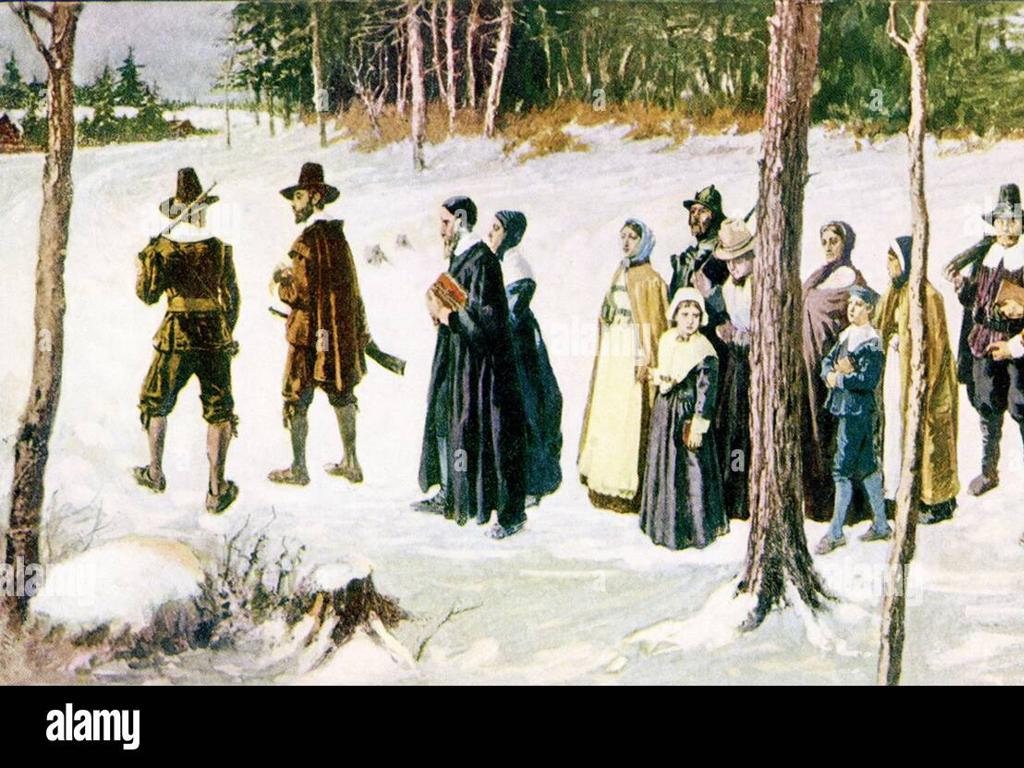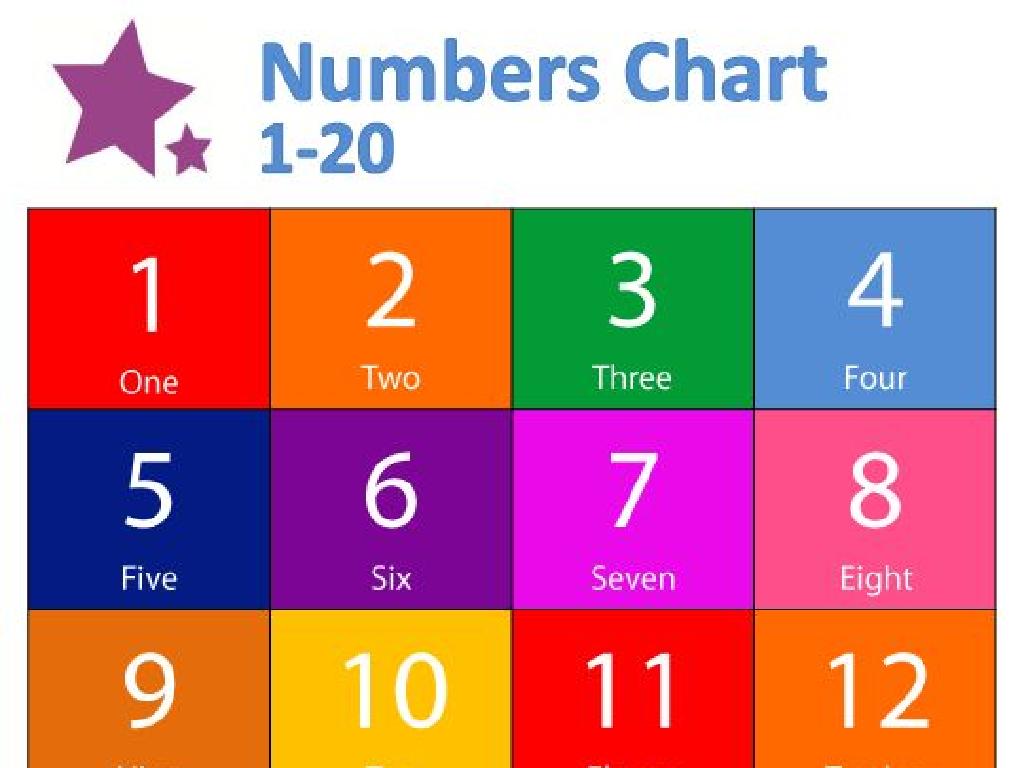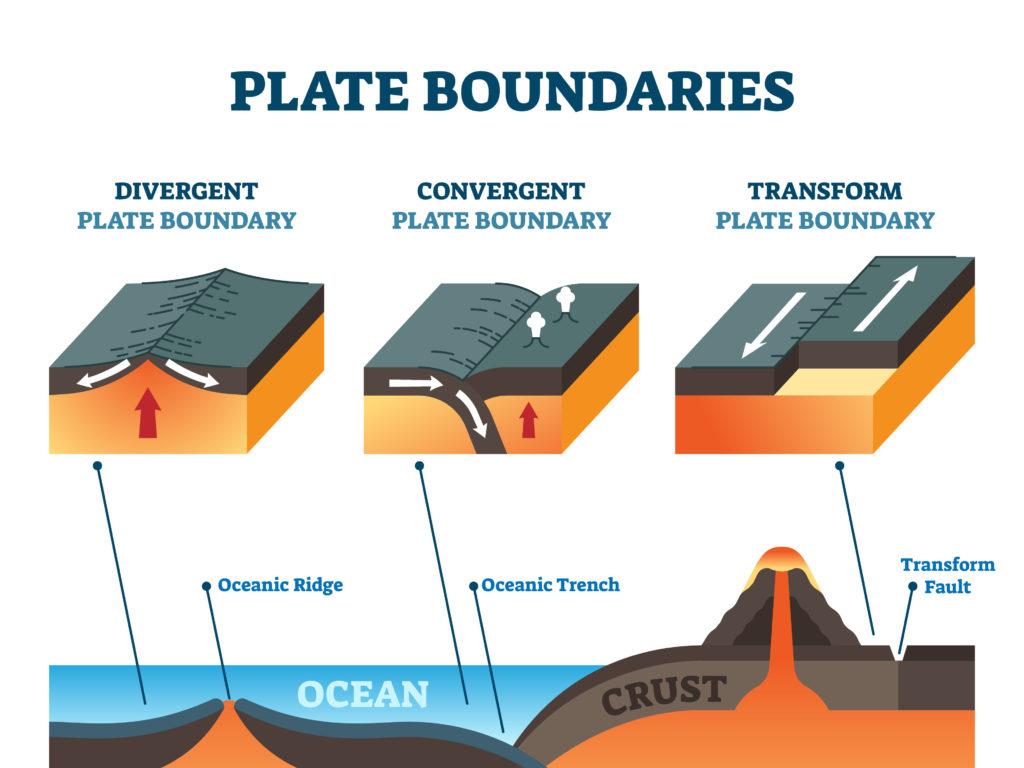Choose Customary Units Of Volume
Subject: Science
Grade: Fourth grade
Topic: Units And Measurement
Please LOG IN to download the presentation. Access is available to registered users only.
View More Content
Exploring Volume with Customary Units
– What is volume?
– Volume is the space a substance occupies.
– Why measure volume?
– To cook, build, and fill spaces accurately.
– Customary units for volume
– Units like teaspoons, cups, gallons used in the USA.
– Examples of volume measurement
– How much milk in a jug? Water in a pool?
|
This slide introduces students to the concept of volume within the framework of customary units of measurement. Begin by explaining that volume is the amount of space that a substance or object occupies. Discuss the practical reasons why we need to measure volume, such as in cooking recipes, constructing buildings, or determining how much liquid a container can hold. Introduce the customary units of volume commonly used in the United States, such as teaspoons, tablespoons, cups, pints, quarts, and gallons. Provide relatable examples, like measuring ingredients for a recipe or the amount of water that fits in a swimming pool, to help students visualize and understand the concept of volume. Encourage students to think of other examples where they might need to measure volume in their daily lives.
Understanding Volume
– Volume: space an object occupies
– Everyday examples of volume
– Milk in a jug, air in a balloon
– Volume in different states of matter
– Liquids in liters, solids in cubic cm, gases in liters
– Measuring volume with units
|
Volume is a fundamental concept in science that describes how much space an object takes up. This slide aims to introduce the students to the idea of volume in a tangible way. Use everyday items like a jug of milk or a balloon to illustrate volume in a way that’s relatable. Explain that volume can be measured in different units depending on the state of matter: liquids are often measured in liters, while solids can be measured in cubic centimeters, and gases in liters as well. Emphasize that understanding volume is essential for various scientific experiments and real-life situations. Encourage students to think of other examples of volume and how they might measure them.
Understanding Customary Units of Volume
– Common volume units: cups, pints, quarts, gallons
– Conversion between units
– 2 cups in a pint, 2 pints in a quart, 4 quarts in a gallon
– Visualize units with objects
– A pint of milk, a quart of oil, a gallon of paint
– Practice with real examples
– How many cups are in 3 quarts of juice?
|
This slide introduces students to the customary units of volume used in the United States, including cups, pints, quarts, and gallons. It’s crucial to help students understand the relationship between these units and how to convert from one to another. Use everyday objects to help them visualize the units; for example, a pint of milk or a gallon of paint. Engage the class with practical examples, asking them to convert and calculate using these units in real-life scenarios. This will aid in solidifying their understanding of volume measurement and its practical applications.
Choosing Customary Units of Volume
– Understanding volume units
– Volume measures how much space an object or substance takes up.
– When to use teaspoons, cups, pints?
– Teaspoons for medicine, cups for baking, pints for liquids.
– Small vs. large volumes
– Teaspoons for small amounts, gallons for large containers.
– Real-life unit application
– Which unit for milk? A pint or a gallon? Think about a milk jug.
|
This slide is aimed at helping students understand how to choose the appropriate customary unit for measuring volume. Start by explaining what volume is and the common units used in the U.S., such as teaspoons, cups, pints, quarts, and gallons. Discuss with the students how to decide on the unit based on the size of what they’re measuring. For small volumes, like ingredients in a recipe, teaspoons or cups might be used, while for larger volumes, like liquids for a party, pints, quarts, or gallons would be more appropriate. Provide real-life scenarios for the students to apply their knowledge, such as deciding which unit to use when buying milk, gasoline, or soda. Encourage them to think about the containers these liquids come in and the context in which they are used.
Let’s Practice Measuring Volume!
– Explore tools for measuring volume
– Examples: measuring cup, graduated cylinder
– Measure volume of items in class
– Use tools to measure liquids like water, milk, or juice
– Record your measurements
– Write down the volume of each item in milliliters or liters
– Discuss findings with classmates
|
This slide is designed for a hands-on classroom activity to help students understand the concept of volume and how to measure it using different tools. Begin by introducing the tools such as measuring cups and graduated cylinders. Explain that volume is the amount of space an object or substance takes up. Provide various liquids for the students to measure, such as water, milk, or juice, and solid items that can be filled with grains or sand. Have students use the tools to measure the volume of these items and record their findings in milliliters or liters. Encourage them to be precise and to double-check their measurements. After the activity, facilitate a discussion where students can share their results and observations, reinforcing their understanding of volume measurement.
Converting Customary Units of Volume
– Learn to convert volume units
– Examples: cups to pints, pints to quarts
– 2 cups make a pint, 2 pints make a quart
– Practice with conversion problems
– Solve problems together as a class activity
– Understand larger and smaller units
– Visualize how many of the smaller units fit into the larger one
|
This slide is aimed at teaching fourth graders how to convert between different customary units of volume. Start by explaining the concept of volume and its measurement in customary units such as cups, pints, and quarts. Use visual aids to help students understand the relationship between these units. For example, show that 2 cups fill up a pint container, and 2 pints fill up a quart container. Provide practice problems for the class to work on together, reinforcing the conversion process. Encourage students to ask questions and assist each other. The goal is for students to become comfortable with converting between units and to understand the relative sizes of each unit.
Volume in Recipes: Measuring Matters!
– Importance of accurate measurement
– Learn to read recipe units
– Cups, tablespoons, and teaspoons are often used.
– Class activity: Trail Mix creation
– Measure ingredients for a trail mix.
– Understanding volume in cooking
|
This slide introduces the concept of volume within the context of cooking, emphasizing the importance of accurate measurement for successful recipes. Students will learn to identify different units of volume such as cups, tablespoons, and teaspoons in recipes. The class activity involves students making their own trail mix by measuring out various ingredients, which reinforces their understanding of volume and provides a hands-on learning experience. For the activity, provide a variety of ingredients like nuts, raisins, and cereal, and ensure there are enough measuring tools. Possible variations of the activity could include measuring liquids for a drink recipe or comparing the volume of pre-packaged food items.
Review and Quiz Time: Customary Volume Units
– Recap: Customary Volume Units
– We’ve learned about teaspoons, tablespoons, cups, pints, quarts, and gallons.
– Interactive Quiz on Volume
– Test what you’ve learned with fun questions!
– Class Discussion of Quiz Answers
– Let’s talk about why the answers are correct.
– Understanding Volume Measurement
|
This slide is designed to consolidate the students’ knowledge on customary units of volume. Begin with a quick review of the units discussed, such as teaspoons, tablespoons, cups, pints, quarts, and gallons, and how they are used in everyday life. Proceed with an interactive quiz to engage the students and test their understanding. After the quiz, discuss the answers as a class to clarify any misunderstandings and reinforce learning. Emphasize practical understanding by discussing how different units might be used in recipes or to measure liquids for various purposes. This activity will help students to better grasp the concept of volume and its applications.
Class Activity: Volume Scavenger Hunt
– Find items to measure in class
– Work in teams to list items
– Record the volume of each item
– Use measuring cups or graduated cylinders
– Share findings with the class
|
This interactive activity is designed to help students understand the concept of volume in a fun and engaging way. Divide the class into small teams and provide them with measuring tools like cups or graduated cylinders. Each team will search the classroom for items that can hold volume, such as a water bottle, a pencil holder, or a lunch box. They will estimate or measure and record the volume of each item, then create a list. After the scavenger hunt, each team will present their findings to the class, discussing the different volumes they measured. This will help students grasp the practical application of volume measurement and improve their teamwork skills. Possible variations of the activity could include estimating volumes before measuring, comparing predictions with actual measurements, or finding objects that hold more or less than a predetermined volume.
Wrapping Up: Volume Exploration
– Excellent job learning about volume!
– Homework: Measure volume of 3 home items
– Use measuring cups or spoons for liquids, and for solids, fill a container with water and measure the water displacement.
– Record your findings in your notebook
– Write the name of each item, the volume you measured, and the unit of measure you used.
– Next class: Weight and Mass!
|
Today’s class was a success, and the students have gained a better understanding of volume. For homework, they should find three items at home, such as a bottle of juice, a can of soup, or a box of cereal, and measure their volume. Remind them to use the appropriate tools and units of measurement, like cups, pints, quarts, or gallons for liquids, and cubic inches for solids. Encourage them to write down their observations neatly, including the item’s name, the volume, and the unit of measure. In the next class, we will build on this knowledge by exploring the concepts of weight and mass, which are also crucial in understanding the physical properties of objects.






